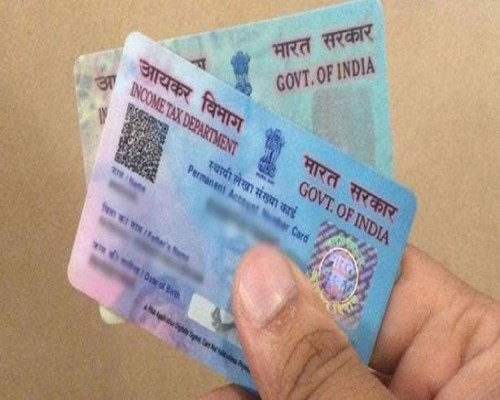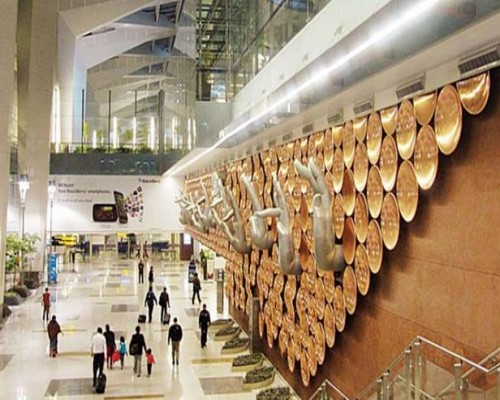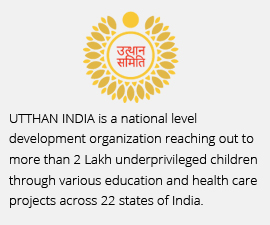MALTESE CUISINE: A FUSION OF FLAVORS

Maltese cuisine reflects the rich history, diverse cultural influences, and abundant natural resources of the Mediterranean island nation of Malta. With a culinary heritage that blends traditional Maltese ingredients and techniques with influences from neighboring Mediterranean countries, as well as centuries of foreign occupation and trade, Maltese cuisine offers a unique and flavorful culinary experience. In this comprehensive analysis, we will delve into the diverse flavors, ingredients, dishes, and cultural significance of Maltese cuisine.
Maltese Cuisine
1. Introduction to Maltese Cuisine
1.1 Historical Background
Maltese cuisine has evolved over centuries, influenced by the various civilizations that have inhabited the island, including the Phoenicians, Romans, Arabs, Normans, Knights of St. John, and British. Each of these cultures has left its mark on Maltese culinary traditions, contributing to the rich and diverse flavors that characterize Maltese cuisine today.
1.2 Culinary Influences
The culinary influences on Maltese cuisine are varied and diverse, reflecting the island's position at the crossroads of the Mediterranean. Maltese dishes often incorporate elements of Italian, Spanish, North African, Middle Eastern, and British cuisine, resulting in a fusion of flavors and ingredients that are unique to Malta.
2. Key Ingredients and Flavor Profiles
2.1 Local Produce
Malta's Mediterranean climate and fertile soil provide an abundance of fresh, seasonal produce that forms the foundation of Maltese cuisine. Locally grown fruits and vegetables, including tomatoes, capers, olives, artichokes, and citrus fruits, feature prominently in Maltese dishes, adding vibrant colors and flavors to traditional recipes.
2.2 Seafood
As an island nation surrounded by the Mediterranean Sea, seafood is a staple of Maltese cuisine. Fresh fish, including swordfish, tuna, sea bream, and octopus, are caught daily by local fishermen and featured in a variety of dishes, from grilled fish to seafood stews and pasta dishes.
2.3 Herbs and Spices
Herbs and spices play a crucial role in enhancing the flavors of Maltese dishes, adding depth and complexity to traditional recipes. Commonly used herbs and spices in Maltese cuisine include parsley, mint, basil, oregano, garlic, onions, cinnamon, cloves, and nutmeg, which are often used to season meats, stews, and sauces.
3. Traditional Maltese Dishes
3.1 Fenkata
Fenkata is a traditional Maltese dish made with rabbit, which is marinated in wine and herbs before being stewed or roasted with garlic, onions, and tomatoes. Fenkata is typically served with potatoes, olives, and crusty bread, and is enjoyed as a festive meal during special occasions and celebrations.
3.2 Ġbejniet
Ġbejniet are traditional Maltese cheeselets made from sheep or goat's milk, which are aged and preserved in saltwater brine. These small, round cheeses are often served as a snack or appetizer, either plain or marinated in olive oil and herbs, and are a popular ingredient in salads, pies, and pasta dishes.
3.3 Pastizzi
Pastizzi are savory pastries filled with either ricotta cheese or mushy peas, which are wrapped in flaky, buttery pastry dough and baked until golden and crispy. Pastizzi are a beloved street food in Malta, enjoyed as a snack or quick meal, and are often served with a sprinkle of powdered sugar or a drizzle of tomato sauce.
3.4 Lampuki Pie
Lampuki pie is a traditional Maltese dish made with lampuki, or dorado fish, which is marinated in lemon juice and spices before being baked in a pastry crust with onions, tomatoes, and olives. Lampuki pie is a popular dish during the annual lampuki fishing season in Malta and is enjoyed as a hearty and flavorful meal.
4. Festive and Seasonal Cuisine
4.1 Easter Figolla
Figolla is a traditional Maltese pastry made with sweet almond pastry dough, filled with a rich almond paste, and shaped into decorative figures such as crosses, hearts, or lambs. Figolla is a popular Easter treat in Malta, enjoyed by families and friends during the Easter holiday celebrations.
4.2 Imqaret
Imqaret are sweet, deep-fried pastries made with a filling of dates, sugar, and spices, encased in a crisp, flaky pastry crust. Imqaret are a popular dessert in Malta, especially during the Islamic holy month of Ramadan, and are often served warm with a dusting of powdered sugar or a drizzle of honey.
5. Culinary Traditions and Customs
5.1 Sunday Lunch
Sunday lunch is a cherished tradition in Maltese culture, where families gather together to enjoy a leisurely meal featuring an array of traditional dishes. Roast meats, such as rabbit or pork, accompanied by potatoes, vegetables, and salads, are commonly served, followed by desserts such as figolla or imqaret.























